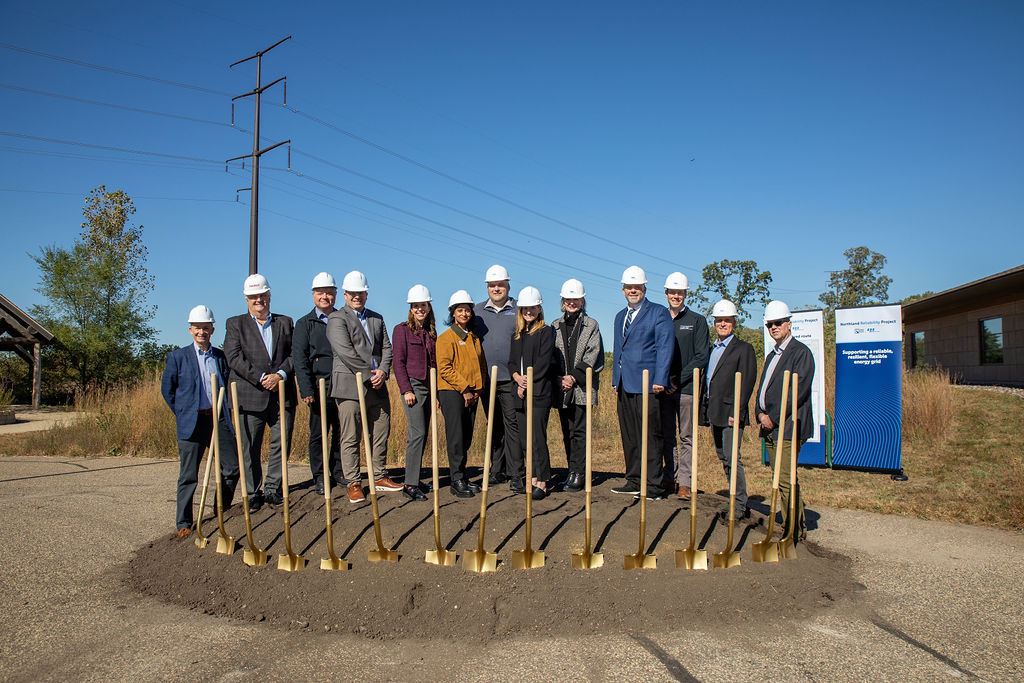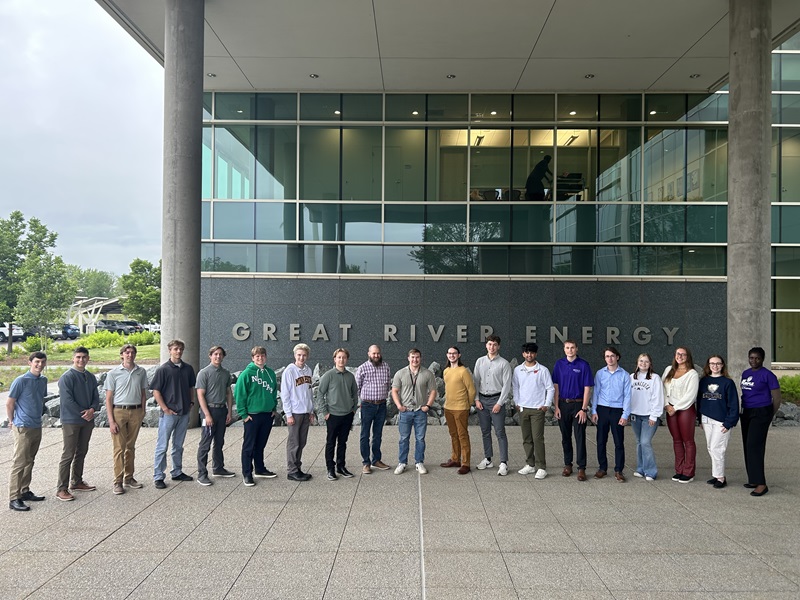Electric cooperatives have long understood they can use the grid efficiently and economically by reducing demand at certain times and shifting energy consumption to off-peak times. This strategy, known as demand response, allows Great River Energy to reduce demand on the electric system during high periods of stress with the flip of a switch. Better yet, these programs save members money.
This approach is one of many Great River Energy and its member-owners take to keep its wholesale rates affordable and electricity reliably flowing to homes, businesses and farms across Minnesota and parts of Wisconsin. Hundreds of thousands of cooperative members are seeing the value of this strategy firsthand.
Residents and businesses have the option to sign up for one or several demand response programs through their cooperative. By signing up, consumers give permission for Great River Energy to “control” or “cycle” their air conditioner, water heater, heat pump or other electric devices for a period of hours on high demand days in exchange for a reduced electric rate.
“These programs offer a direct link to avoided wholesale costs to our member-owners,” said Jeff Haase, manager of member services at Great River Energy. “And their consumer-members — the homeowners and business owners — benefit from lower rates associated with controlled loads.”
Great River Energy has the largest demand response program for a utility of its size in the country according to data collected by the Energy Information Administration. Approximately 370,000 appliances, along with irrigation systems, were enrolled in a demand response program offered by Great River Energy’s 28 member-owner cooperatives in 2020.
When the time comes for these appliances to be used for demand response, Great River Energy “flips the switch” to alleviate demand. In addition to reducing sometimes hundreds of megawatts of electricity demand, this helps the cooperative to avoid making expensive purchases from the energy market, which saves members money.
“Our demand response initiatives have helped more members choose electric end-uses since our lower rates make electricity an even smarter choice when compared to other types of fuels,” Haase said.
In addition to program offerings, Great River Energy is registering member distributed energy resources with the regional energy market. This will create a more formal capacity accreditation within the market for Great River Energy’s demand response resources, which will reduce the need for the cooperative to acquire more capacity. In other words, a cluster of air conditioners could delay or eliminate the need for a new power plant. The market would then call upon those resources when needed.
“Registration is also expected to result in less control during the summer months as the onus will be put on performing in response to the market,” Haase said. “This will be especially important to participating members who don’t have generator backup for those times we historically needed to control load for consecutive days.”
To prepare for the future, Great River Energy’s member-owners continue transitioning their load management systems to advanced metering infrastructure (AMI) enabled dispatch, a new system that relies on smart meter equipment that will run the same control schedules but in a more modern, responsive way.
Haase said AMI meters help co-ops gain greater insights into the performance of their demand response programs. These will become even more helpful as cooperatives explore new technologies such as smart water heater controllers, smart thermostats, and smart electric vehicle charging.
These initiatives, and more in the future, will better use the electric grid and serve consumers in new ways while also transforming the energy system to be more resilient, reliable, affordable and environmentally responsible.

 " data-object-fit="cover">
" data-object-fit="cover">
 " data-object-fit="cover">
" data-object-fit="cover">